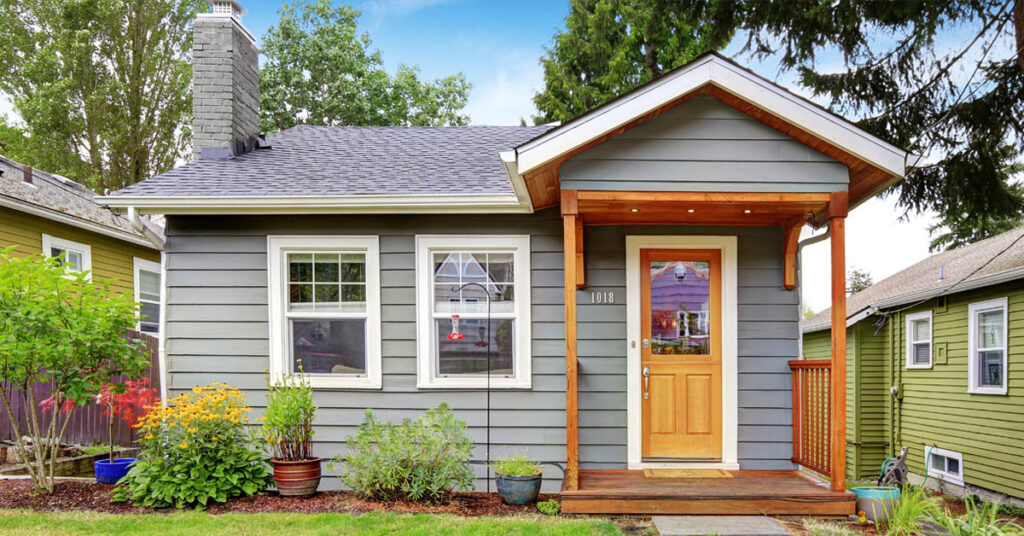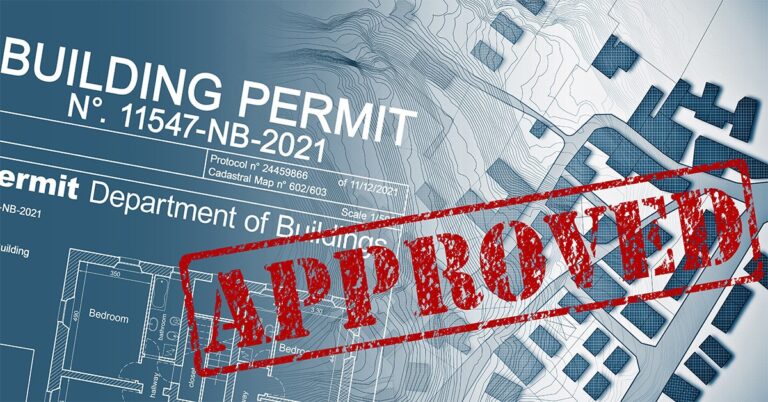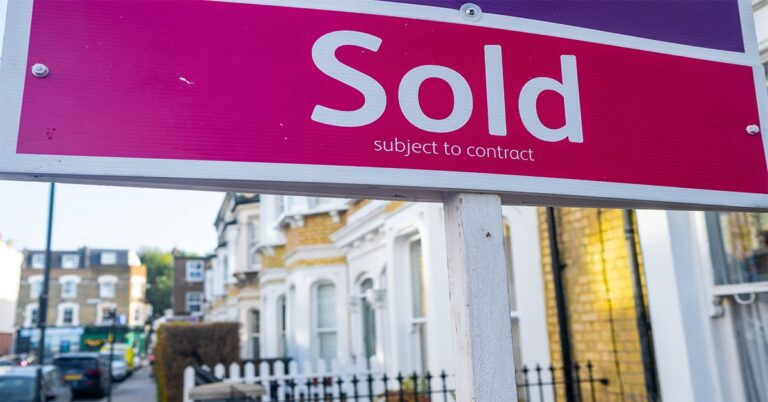Attom Data Solutions’ third-quarter 2021 U.S. Home Affordability Report revealed that, compared to historical averages, median-priced single-family homes were less affordable in the third quarter in 75% of counties nationwide with enough available data.
With home price growth outpacing wage growth in much of the country, that share is up from 56% in the same quarter last year, reaching its highest point since the third quarter of 2008. Of the 572 counties evaluated in the report, 430 were found to be less affordable than past averages, up from 317 in the same group of counties during Q3 2020.
Notably, when calculated using nationwide figures, homeownership on median-priced homes remained within the financial means of average workers in the third quarter. But with disparities in both wages and home prices across the country widening, more drilled-down geographical analysis confirmed that the affordability needle continues to trend poorly for much of the United States.
“The typical median-priced home around the U.S. remains affordable to workers earning an average wage, despite prices that keep going through the roof. Super-low interests and rising pay continue to be the main reasons why,” said Todd Teta, chief product officer with ATTOM. “But affordability keeps inching in the wrong direction as the housing market boom keeps roaring ahead.
“That’s pushing average workers closer and closer to the point where lenders might be reluctant to give them a mortgage. With much still uncertain about how the pandemic and many other forces could still affect the economy, affordability remains a crucial measure of market stability that could easily keep going in the same direction or swing back the other way.”
The pattern of home prices being “manageable but getting less affordable,” per Attom, has pushed major ownership costs on the typical home to 24.9% of the average national wage in 2021’s third quarter. That’s up from 24.3% in the second quarter and 22.3% in the third quarter of last year — though still within the 28% threshold that lenders typically prefer for how much homeowners should spend on housing costs, Attom noted.
Affordability was determined by calculating the income needed to meet monthly homeownership expenses, like mortgage payments, property taxes and insurance, on a median-priced single-family home. For computation purposes, a 20% downpayment and a 28% maximum front-end debt-to-income ratio were used. Once the required homeownership income was determined, it was compared to annualized average weekly wage data from the U.S. Bureau of Labor Statistics.








